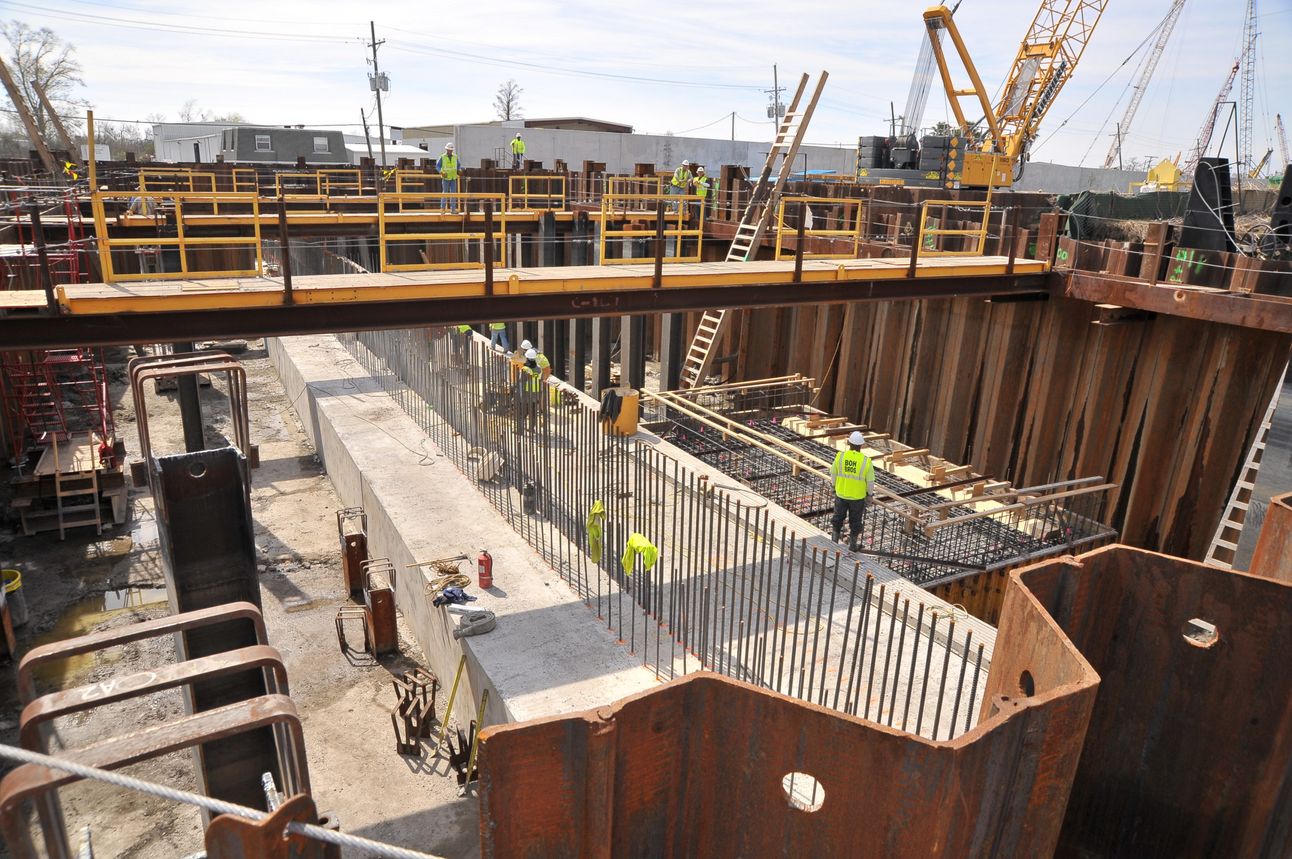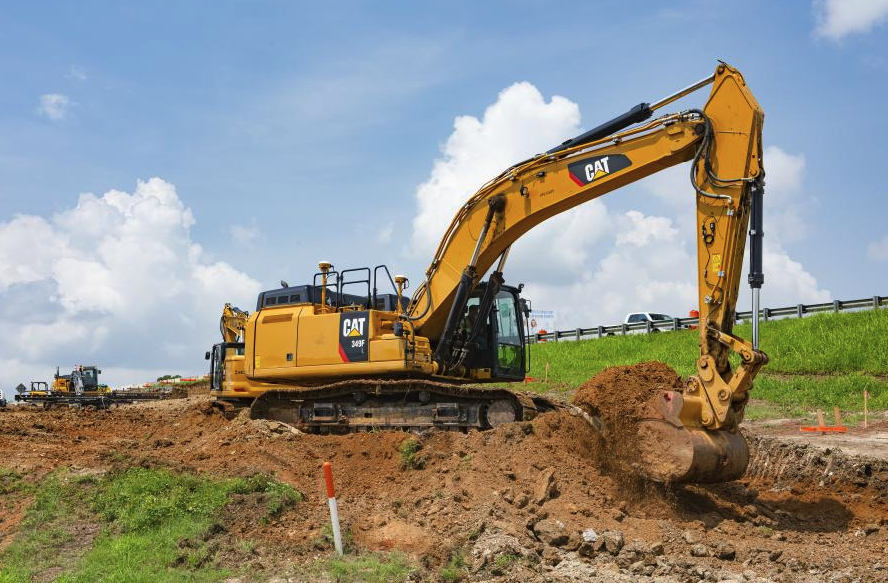Skin in the Game: Why Your Estimators Need to Build What They Bid

Tristan Wilson
Bid Build Collect
Skin in the Game: Why Your Estimators Need to Build What They Bid
Your essential guide to dominating the construction bidding and building world with the latest tech, market trends, and wisdom.

After spending 13 years bidding and building large and small civil construction projects and seeing lots of companies bid work, I've developed a controversial opinion: For projects sized under $50 million, your project managers should also be your estimators. This is a strategic advantage that contractors overlook.
The Traditional Model: A Study in Misaligned Incentives
Here's how some contractors operate:
- Estimators bid jobs, hand them off, then move to the next one
- Project managers inherit the estimate, build the work, and collect payment
- Neither party fully understands the other's challenges
This separation creates a disconnect. I believe full-time estimators are incentivized to bid conservatively. Why? Because if they bid 1,500 yards of excavation per day and the crews achieve 2,500, the project team gets praised for excellence. But if they bid 4,000 and crews only hit 3,000, the estimator never hears the end of it.
The result? Bloated estimates and misaligned incentives. Why take the risk as an Estimator if there’s mostly downside?

Photo Credit: Paving Professionals
True Skin in the Game: The PM/Estimator Advantage
Here's a real story that illustrates why skin in the game matters:
We priced a $15 million grading project. Our estimator was risk averse and did not take chances against stout competition. They ended up beating on the job because they caught some quantity issues with the plans and moved money around. It’s easy to say “well those guys don’t know their cost” when the bid results came out. But I knew deep down that the competitor knew their cost, took more risk than us, and beat our tail as a result. The estimator didn’t have much incentive to take risk.
Now contrast that with a $40 million A+B job with $20K per day liquidated damages we bid on. We bid the days at half of the competition. Everyone thought we were crazy. The lead PM/Estimator in the bid room knew that if we won, we’d bring the cavalry and the team would figure it out. He was confident enough to put his reputation on the line. We won the bid with little to spare and the team crushed the job. That's skin in the game.

Photo Credit: Boh Bros
When you bid what you build:
- There’s no finger pointing
- Your production assumptions face daily reality checks
- Your bonus depends on both winning work AND executing it profitably
The Supercharged Model: Complete Ownership
The PM/Estimator model creates:
- One person owning the full cycle: bid, build, manage, collect
- Zero knowledge transfer gaps
- Complete alignment of incentives
- Personal stake in the outcome
- Lower overhead
When you understand both sides, patterns emerge that others miss. You know why you need those extra two mobilization days because you've personally assembled that crawler crane. You understand which owners will pay for certain changes because you've worked with them before. You know exactly how much risk your crews can handle because you'll be the one managing them.
The Sweet Spot: Projects Under $50M
This model shines on projects under $50 million because they're:
- High volume for continuous learning
- Less complex projects require less focused estimating work
Yes, mega projects need specialists. But for 80% of construction work, being a PM/Estimator is like being a decathlete instead of just a sprinter. You might not be the fastest or strongest in any single event, but your broad capability creates unique value.
But here's what I learned in my career: PM/Estimators in competitive markets take smarter risks. I as PM/Estimator would bid certain items at a penny (if you know what I mean) because we intimately understood our crews' capabilities and our owners' tendencies. Full-time estimators we competed against rarely took such calculated risks because they lack the field perspective and confidence. And we cleaned up as a result.
The Hidden Advantage: Better Leadership Pipeline
PM/Estimators naturally evolve into excellent Area Managers and VPs because they:
- Understand the complete business cycle
- Can train both PMs AND estimators
- Make better strategic decisions
- Have earned respect from both office and field
How to Make It Work
1. Train your field engineers to handle bid prep and takeoffs (this addresses most of the “I don’t have enough time" concern)
2. Create clear review processes with VP/GM oversight
3. Set up systems for managing both roles efficiently
4. Accept that some efficiency is traded for better outcomes
5. Invest in technology that supports dual roles
The Bottom Line
Don't get me wrong – some of the sharpest minds I know are full-time estimators. But look closer and you'll notice something: every great estimator I've met has spent significant time managing and building work in the field. That’s part of how they became great.
Want to spot your future construction leaders? Look for people who can both bid and build. They'll outperform specialists because they understand the full cycle of construction success.
And if you're early in your construction career, get experience in both roles. The perspective is invaluable, and the market increasingly rewards those who can do both.
Have you worked in organizations using either model? What's been your experience? We value your feedback, so please share your thoughts below. Thanks for reading this week.

.avif)

.avif)


.svg)


